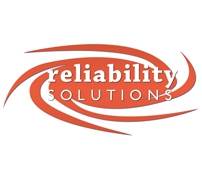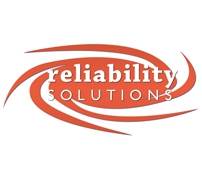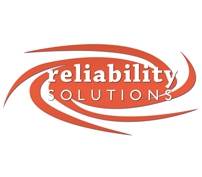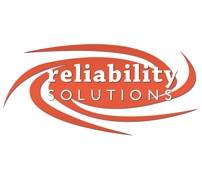- Contact 0870 350 7767
- |
- Advertise
How do we improve our understanding of Reliability and Expected Failure Rate
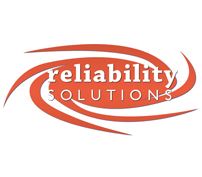 News and PR from Reliability Solutions - Published 30 March 2016
How do we improve our understanding of Reliability and Expected Failure Rate at the Design Stage of a new electronic product ?
News and PR from Reliability Solutions - Published 30 March 2016
How do we improve our understanding of Reliability and Expected Failure Rate at the Design Stage of a new electronic product ?Other engineers and management simply assume a small sample size and short test time will produce a magical result !
However, help is at hand for the over stressed reliability engineers !
Accelerated Testing is generally used to make some form of reliability prediction but failures under stress testing are not the only failure reasons in field for a component/product. Hence another parameter (maturity level) is required to define possible fieldfailures in field due to range of other stresses;
- ESD related
- Over voltage
- Function at extreme temperatures
- Combined Voltage / Temp stress failures
Etc
Focusing on Design Maturity measurement during development stage testing is a vital contributor to understanding the future product failure performance and the maturity measurement will almost always have a direct correlation to the future field failure level. It also acts as an excellent KPI for RD management to monitor progress of design as it passes through each review stage or milestone point.
Measuring Design Maturity is a concept that has been used for many years , but finding suitable application of the technique is the key to success, several key stages are involved in this;
Designing a strong Design Quality Assurance (DQA) and building in wide range of combined function/stress tests and range of different reliability stress tests to MAXIMISE defect detection
Applying Weighted Test Score for each specific DQA test based on its ability to detect possible failures, with more harsh or extreme tests carrying higher weighted scores
Calculating total score possible for DQA Test Programme, can be as small as 1500 for basic electronic product such as an LCD TV up to 5000 for a more complex product
Monitoring failures and scoring each failure type that is not truly demonstrated as resolved by solution being retested under same conditions as original failure
This is done by assessing SEVERITY level of the defect and multiplying by the RESOLUTION STATUS
Cumulating all score loss for all defects not truly resolved
Calculating Design Maturity as a Ratio of Total Score Achieved (Max DQA Test Score  Defect Score Losses) / Max DQA Test Score
This method has worked extremely well for clients of Reliability Solutions and helped them manage and improve Design Quality / Reliability in a controlled and expedient manner.
It provides simple product benchmarking of different designs and forms a key component of the overall correlation modelling for design test results and expected field failure rates BEFORE mass production and BEFORE field return data is made available
Other announcements from Reliability Solutions
-
Managing & Improving Reliability within Electronics Product Design 3rd 4th April 2017 Penang, Malaysia
Set up and manage World Class Electronic Reliability Improvement Programmes to drive Failure Rate Reduction
24 Jan 2017
-
Reliability Solutions and PETRO1 Malaysia The latest connection
Reliability Solutions continues to link up with recognised Quality / Reliability Consultants worldwide to provide the full range of Consultancy Services to a wider range of companies. The latest announcement is the linking of Reliability Solutions with PETRO1 of Malaysia .
12 Jan 2017
-
Reliability White Paper
In an effort to bring ever increasing value to our customers, Reliability Solutions and Oaklands Consulting have collaborated to bring you this Reliability White Paper.
01 Nov 2016
-
Reliability Solutions has now formed a partnership with Oakland Consulting
Reliability Solutions has now formed a partnership with Oakland Consulting to bring to bear over 30 years of deep technical testing and development experience for our clients.
25 Oct 2016
-
Reliability & The Coffin-Manson Model
The Coffin-Manson model was originally developed to model thermally induced metal fatigue failures.
30 Mar 2016
-
Why do Reliability Engineers continually refer to very old military standards...
Why do Reliability Engineers continually refer to very old military standards to set up Accelerated Life Testing ?
30 Mar 2016
-
Why is Early Life Reliability more important than MTTF for consumer products ?
The Electronics Industry has grown so quickly over the last 10 years..
30 Mar 2016
-
Did you know you can IMPROVE Reliability by...
Did you know you can IMPROVE Reliability by Measuring and Improving Design Maturity.
30 Mar 2016
-
The importance of Early Life Reliability
Too many companies ignore the fact that most electronic products will have some form of Early Life failure rate...
30 Mar 2016






